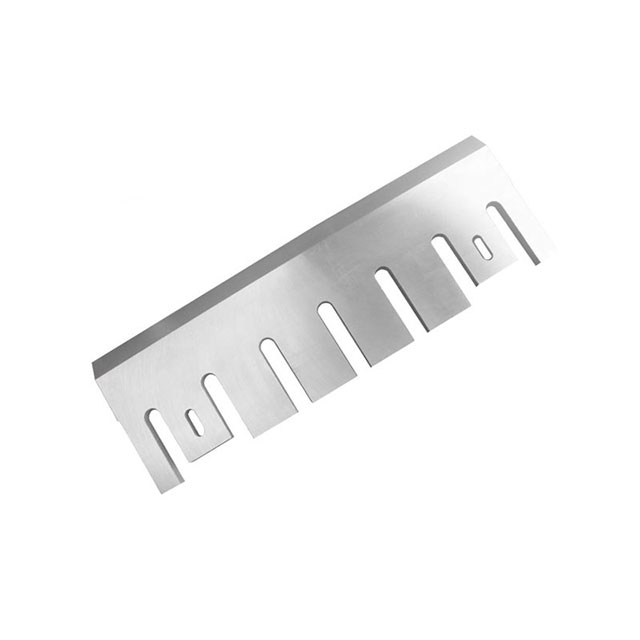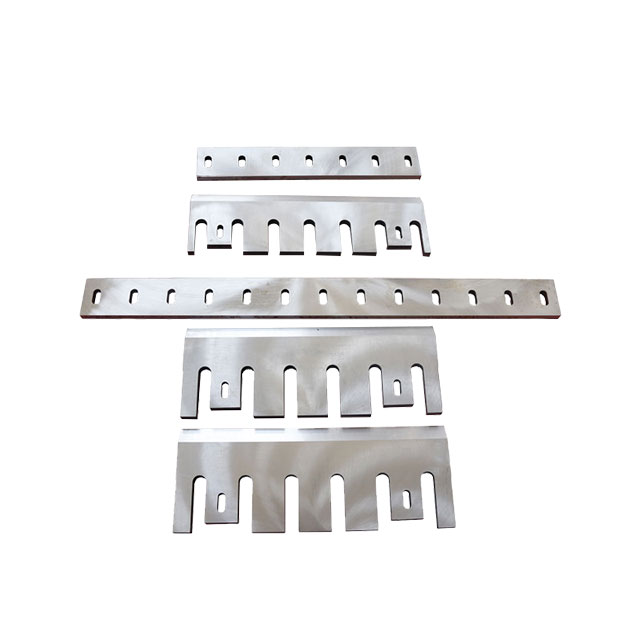When cutting wooden molds, the tool angle selection should take into account the wood’s characteristics (hardness, fiber orientation), processing method (roughing/finishing), and tool type (lathe, milling cutter, carving tool, etc.).
Understanding how to choose the tool angle when cutting wooden molds? is essential for achieving precision in your projects.

- The rake angle controls cutting force and chip removal. The recommended range is: Softwood (pine, fir, etc.): 20°-30° (increasing the rake angle reduces cutting resistance and prevents fiber tearing); Hardwood (oak, walnut, etc.): 15°-25° (a slightly smaller rake angle enhances edge strength and prevents chipping); For wood with scars or tangled fibers: Appropriately reduce the rake angle (10°-15°) to improve edge impact resistance.
- The clearance angle reduces friction between the tool’s back face and the workpiece, preventing heat and burrs. Recommended range: General wood modeling: 10°-15° (balances sharpness and edge strength). Fine machining: Increase to 15°-20° (reduces friction and improves surface finish). High-speed cutting or deep grooving: Appropriately reduce the clearance angle (8°-12°) to enhance edge rigidity.
- Recommended wedge angle: Woodworking tool wedge angles are typically controlled between 10°-15° and 12°. A wedge angle of 45° to 70° ensures a sharp and durable cutting edge. For roughing: a slightly larger wedge angle (60° to 70°) is used to resist impact. For finishing: a smaller wedge angle (45° to 55°) improves cutting efficiency.
- The rake angle controls chip flow and ensures smooth cutting. The recommended range is for cutting with the fiber: a rake angle of 0° to 5° (for smooth chip evacuation and reduced burrs); for cutting against the fiber or face: a rake angle of -5° to 5° (to prevent fiber tearing); for carving complex curved surfaces: a positive rake angle (5° to 10°) improves chip evacuation.
- The helix angle (for milling cutters/drills) affects cutting smoothness and chip evacuation. The recommended range is for hardwood machining: a helix angle of 20° to 30° (to reduce cutting forces and vibration); for softwood or high-speed machining: a helix angle of 1° to 20°. 30°-45° (enhances chip evacuation and prevents clogging); for grooving or deep cavity machining: select a small helix angle (10°-20°) to improve rigidity.
- Adjustments for special machining scenarios: Fiber direction sensitivity: Cutting with the grain: a slightly larger rake angle and a smaller relief angle (to avoid digging into the wood);

Cutting across the grain: reduce the rake angle (10°-15°) and increase the relief angle (15°-20°) to reduce tearing; For detailed carving: use a sharp-angled tool (such as a V-shaped tool) with a rake angle of approximately 25° and a relief angle of 10°-12°, requiring a sharper edge; for high-speed CNC machining: use a large rake angle (25°-30°) and a small relief angle (8°-12°), combined with a high rotation speed (8,000-24,000 rpm). rpm) for efficient cutting.
Tool Material and Maintenance Recommendations
Material Options: Carbide (wear-resistant), high-speed steel (easy to sharpen), or diamond-coated (for ultra-hard woods).
Sharpening Tips: Regularly check the sharpness of the cutting edge and avoid using dull tools (which can cause burning or burrs).
Cooling/Lubrication: Coolant is generally not required for woodworking, but air can be used to remove dust (to prevent wood dust accumulation that can affect precision).
